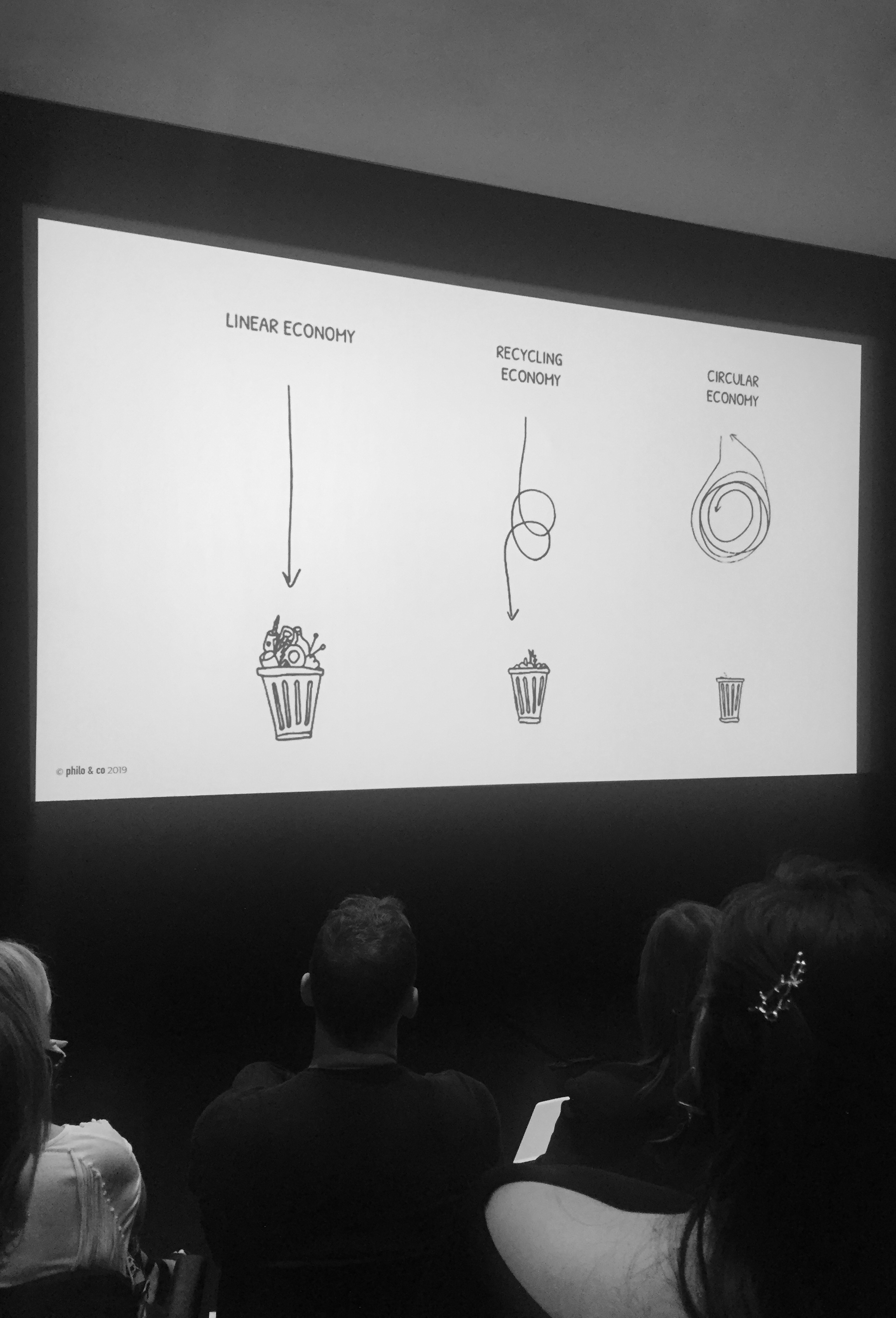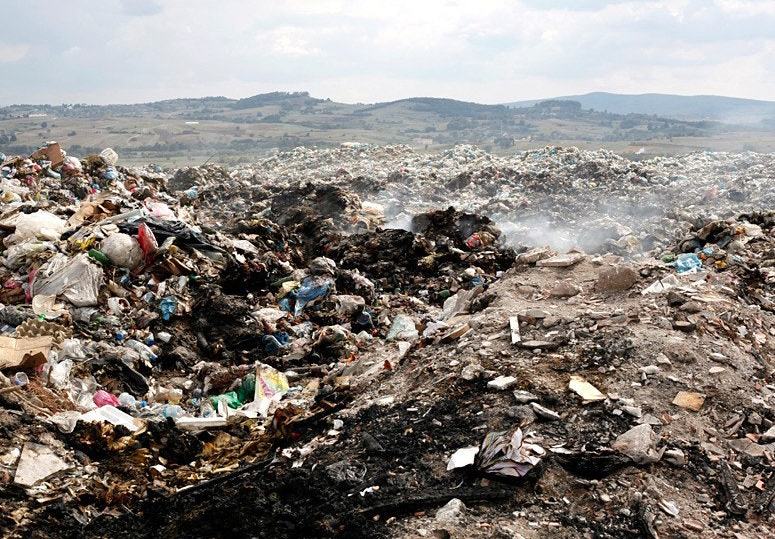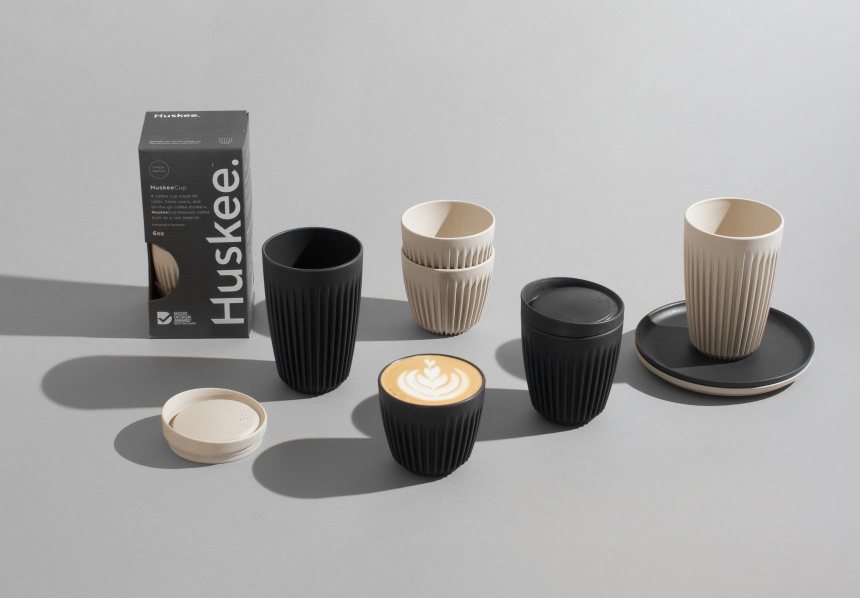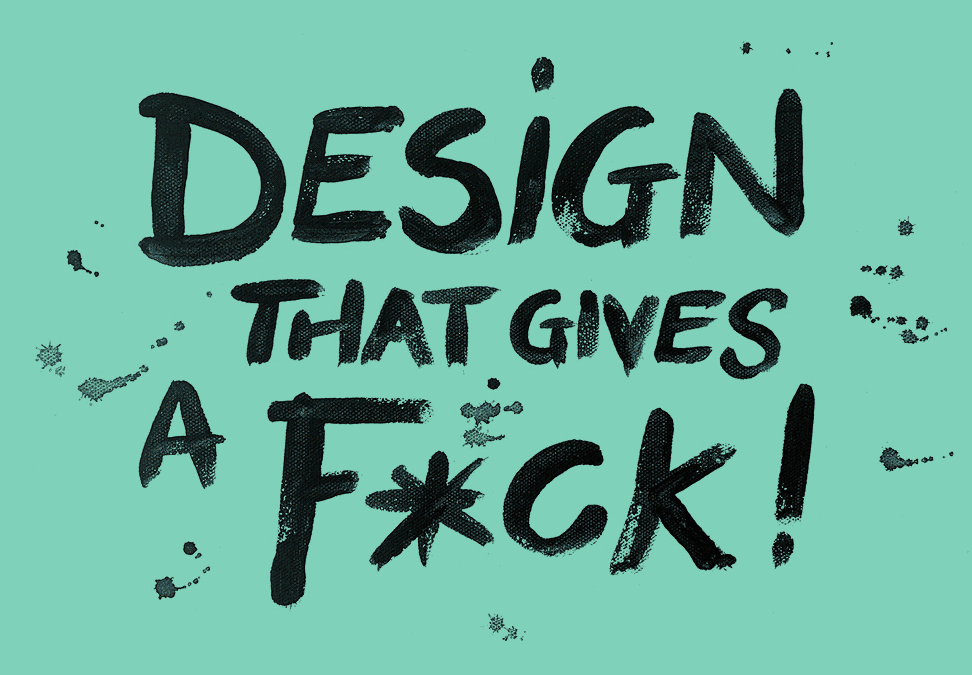At last week’s AGDA talk, it was amazing to be reminded that design has the power to facilitate all kinds of change, for the greater good, across every kind of sector.
We walked away from last week’s AGDA talk really giving a f*ck. It’s not that we didn’t care already, it’s just designers are often their own worst critics; it’s easy to think the work we do isn’t ground-breaking or impactful enough. Yet if we design with empathy and stay true to our values, even small changes can make a big impact collectively.
Four speakers, from four different backgrounds, tied together perfectly. From defining brand purpose and the circular economy to looking at brands that are applying these principles in practice, collectively it was one of the most inspirational AGDA talks we’ve seen to date.
So what is design that gives a f*ck?
Brent Rice, Creative Director at Designer Rice, feels the business objectives of most creative briefs are still driven by attention and consumption: pay more, buy more, give more, scroll more. He believes design that gives a f*ck is design that aims to achieve positive outcomes beyond shareholder value: Purpose + Impact.
Three things determine brand purpose: what you do well, what the world needs, and what you believe in. Similarly a brand’s success, traditionally measured through financial growth, should take into account the brand’s environmental and social impacts as well.
Both ‘purpose’ and ‘impact’ should be the key drivers of brand performance. To succeed, brands must have a clear and compelling crusade that serves the community in a positive way, has real value, and doesn’t do harm in the process.
Rethinking waste
Next came Pippa Corry, founder of philo & co, who is passionate about waste minimisation and reuse; sharing her belief that the answers lie within a Circular Economy, and its resourceful approach to material utilisation. She explained that only 8.6% of global resources are reused – the rest ends up in landfill.
It’s a depressing statistic, but her positivity is infectious. If designers look at waste as a valuable resource, it opens up all kinds of possibilities. Pippa is about to travel the world as part of the all-female eXXpedition Round the World sailing voyage to research plastic and toxins in our oceans, which is admirable, inspiring and f*cking gnarly (check it out)!
Her talk led to a pumped-up Joshua Jagelman, Founder of Huskee. He’s using the husk from coffee beans – a bi-product that formerly had no value – to make sustainable coffee cups. Whilst packaging and product design are essential to their success, so much of Huskee’s ingenuity relates to the process of sourcing and reusing husks. He knew the experience of drinking from Huskee Cups, and the longevity of each cup, would make or break the brand.
As a company, Huskee lives by the mantra: “Win at the expense of the problem, not at the expense of the people.” In other words, f*ck margins, profit and growth, people always come first; the rest can and will follow if you do it right.
To end proceedings, Laura Ryan of Mentally Friendly read an excerpt from her mate Bobby Kennedy’s speech on Gross National Product, setting the tone for what followed; encouraging us to combine entrepreneurialism with empathy. She spoke about her six design principles for the wellbeing economy, meaning that to truly measure success, companies must also consider mental health, equality, sustainability, inclusion – not just financial growth.
“Whether we choose to or not, as designers we are impacting people’s wellbeing,” she said, adding that human-centred design processes don’t guarantee wellbeing outcomes. “A process is simply a process – without the right intentions, we can still make bad products.” A-f*cking-men.
What did we learn?
We were reminded to always look for a better or more sustainable way to approach our clients’ problems – it may not appear to be the fastest, cheapest or simplest solution, but it’s our role as creatives to learn and look for solutions that will be more viable over time.
As experiential designers, graphic artists, wayfinders and strategists we can help brands tell more purposeful stories, helping them to reflect their more social and environmentally conscious values in ways they haven’t before, across multiple brand touch-points.
We also need to ask better questions of our clients, help to design systems, not stuff. It’s about finding opportunities for incremental changes, which over time, will have positive, big impact – f*ck yeah!



